TLDR: Coconuts stabilize ecosystems and play a major role in developing the conditions for other ingredients needed to make a curry. The food-ways that trace themselves around where coconuts grow can give us a look at how India and Southeast Asian share a common love of curry.
Preface: This started with a simple question: What is a Kerala Curry? I started to write to Ben who kindly sent me this video response to a question he had about curry. It became a deep dive on nature as a the original grocery store. Ben is cool, check out his substack
So yeah, these days I have a lot of time to work on my writing and this is a piece that’s been on my mind for awhile but it took a gentle nudge from Ben to send me down the right rabbit hole.
Enjoy :)
Hey Ben,
Welcome to my brain as we step into the world of food anthropology, starting with Kerala, India.
Kerala is a coastal state on the southwestern tip of India, often referred to as the "Land of Coconuts." The name “Kerala” is believed to derive from the Malayalam word “Kera,” meaning "coconut tree." The Malayali people (also called Malayalam people) are the ethnic group native to Kerala, India.
That’s where we start: coconuts.
The Deep Roots of Coconuts
Coconuts have been mentioned in Indian texts for over 2,000 years. The earliest known references appear in Sanskrit texts like the Mahabharata and Ramayana, as well as in Tamil Sangam literature (circa 300 BCE–300 CE). These texts describe coconuts as a vital part of daily life, used for food, oil, and rituals.
However, the genetic lineage of coconuts traces back to Southeast Asia, specifically the region around modern-day Indonesia and the Philippines. This raises a fascinating question: How did the coconut tree spread to Kerala?
Some geologists point to tectonic shifts and ocean currents as explanations for how coconuts moved across the world. Coconuts are buoyant and can survive long journeys at sea, which supports the theory that they spread naturally via ocean currents.
In Kerala’s oral tradition, there’s a myth that coconut trees floated across the ocean from Southeast Asia or Sri Lanka, carried by waves and finding new homes on Kerala’s shores.
Fact-check: Genetic studies confirm that coconuts likely originated in Southeast Asia and spread through natural dispersal and human migration. Historical records also suggest that ancient trade routes between Southeast Asia, Sri Lanka, and India played a significant role in the spread of coconuts.
Sri Lanka: The Bridge Between Hinduism & Buddhism
Geographically, Sri Lanka sits between India and Southeast Asia, forming an ancient cultural bridge. For millennia, it has been a meeting point for Hindu and Buddhist traditions. This cultural exchange influenced how food, rituals, and stories evolved over time.
Religion plays a key role in preserving and transmitting food culture. What we eat today is often shaped by rituals, myths, and beliefs passed down for thousands of years.
I cannot wait to go here and eat the food. On the list.
Coconuts in Rituals: Hinduism vs. Buddhism
In Hinduism, the breaking of a coconut is a sacred act, symbolizing the destruction of the ego to reach inner purity. It’s a common offering in temples and during ceremonies.
In Buddhism (especially in Sri Lanka and Southeast Asia), the coconut is revered as the "all-giving fruit"—a symbol of generosity and sustenance. This mirrors a core Buddhist concept: the path to enlightenment involves letting go of attachment (ego) and embracing selflessness.
Anywhere there is a coconut, there is a story of it as part of a ritual from Hawaii to Jamaica.
The Power of Food in Collective Memory
When food becomes part of religious rituals, it transcends generations and becomes embedded in cultural identity. For example:
Breaking bread in Christianity represents fellowship and the Last Supper.
Offering coconuts in Hindu temples signifies devotion and sacrifice.
Sharing food in Buddhist alms-giving ceremonies reinforces selflessness and compassion.
This raises an intriguing question: Which came first? Did we worship certain foods because they were essential for survival, or did we believe that gods provided these foods, making them sacred? I bring this up because, to truly understand curry or any dish that makes it to our table, we have to understand what made it special enough to endure in the first place. This line of thought often sends me into a spiral of reflection—how close we’ve come to losing culinary treasures. For instance, New York bagels wouldn’t exist without the Jewish community’s dedication to perfecting that craft. How significant are my friends’ Shabbat dinners and the foods they share, especially in the context of the historic injustices faced by the Jewish community in the 1930s? Or, closer to home for me—what if I had never gotten to experience the incredible flavors of Cambodian cuisine due to the horrors of war in the 1970s? That wasn’t so long ago, and yet the food persists.
This reflection has led me to consider something deeper as a traveling aspiring chef: What foods are becoming endangered, and how can I help preserve them without appropriating them? There’s much work to be done on that front.
…But, to sum up this tangent—I believe the passing of recipes through generations is a form of ancient ancestral magic in action. It’s because we care deeply about certain foods that we prioritize specific land development projects. To put it another way, we wouldn’t have Doritos if we didn’t love corn. Ok, I know Doritos arent the pinicle of culinary genius, I am pointing out Americas love of corn runs so deep it sticks like the orange on your fingertips after a bag that should not have been FAMILY SIZED. And corn—well, that’s a topic that would require much more paper to fully explore…
I hope that by standing at the intersection of food, story, and the land, we can have better conversations about how these elements of creation inform one another. I think we’re already moving in that direction, with the rise of regenerative agriculture projects and increased awareness about soil health. Its also amazing to the younger generation getting into farming and a good friend of mine is the mastermind of Milwaukes largerest indoor food growing operation where they invite teens and young adults to become masteres of their communities food.
I hope we end up in a timeline where our meals are made with more in mind other than convenience. Imagine knowing that all the food we consume is contributing to a healthy economic and ecological system which in turn would create a healthier more balanced community. After all we are all just born of the dirt in the ground, are you you eat right?
By the way, if you’re not aware of what regenerative agriculture is, it was explained to me as the next step beyond sustainable agriculture. It’s not just about planting and growing food sustainably; it’s about intentional food production that prioritizes healthy soil and ecosystems. At its best, you see food forests where one plant’s decay becomes another plant’s nitrogen fixative. There’s a lot more science to explore here, so I encourage you to look into it if you’re curious. Check out these amazing folks if you’re interested:
Just because something has that V for vegan doesn’t exclusively mean its good in both senses. Okok, I digress— food is magic we are all practicing as a collective. Next.
Back to Coconuts as Ecosystem Architects
Coconuts don’t just exist in an ecosystem—they shape it. When a coconut tree takes root, it stabilizes the soil, allowing other plants to thrive. The shade, moisture, and organic matter it creates lead to a chain reaction of plant life:
Coconut palms grow → improving soil stability
Bananas & ginger thrive in the partial shade
Pineapples & marigolds find a home in the enriched soil
Nitrogen-fixing plants like pigeon peas & peanuts sustain biodiversity
This creates a self-sustaining agroforestry system—one that has shaped human diets for thousands of years.
Fact-check: The oldest evidence of human coconut consumption dates back to around 3,000–2,500 BCE in Southeast Asia, where coconuts were used for food, oil, and fiber.
The Ancient Grocery List of a Coconut Ecosystem
Stick with me, we are almost at curry! When you look at what thrives around coconut trees, you start seeing a natural grocery list emerge:
Tall Canopy Trees
Coconut Palm (Cocos nucifera) - (best for hammocks.)
Mango (Mangifera indica) - (mango shakes?)
Breadfruit (Artocarpus altilis) - (which might save the world from hunger one day)
Avocado (Persea americana) - (because avo-toast)
Mid-Story Crops
Cacao (Theobroma cacao) - (some indigenous groups call this “Food of the Gods”)
Papaya (Carica papaya) - (Papaya Salad in Thailand, or Laos?)
Guava (Psidium guajava) - (great with breakfast yogurt)
Moringa (Moringa oleifera) - (Recently labeled superfood)
Understory Crops & Ground Cover
Banana (Musa spp.) (actually a grass, and fun to think about if you are a dinosaur)
Pineapple (Ananas comosus) (a visit to Hawaii and people will have so much words for you)
Jackfruit (Artocarpus heterophyllus) (recently a vegans cheat code for bacon)
Sweet Potato (Ipomoea batatas) (modern cooks using this as a french fry alternative)
Spices & Medicinals
Black Pepper (Piper nigrum) (aids in nutrient absorbtion)
Turmeric (Curcuma longa) (many medicinal properties)
Ginger (Zingiber officinale) (notorious DIG-estive support)
The Kerala Curry Connection
A traditional Kerala-style curry relies heavily on coconut and many of the plants listed above. Many Kerala dishes are coconut heavy to the point where many friends of mine in India are cautious whenever they order something with coconuts. Here’s a breakdown of Kerala curry ingredients and their connection to coconut-based ecosystems:
Directly Dependent on Coconuts:
Coconut oil
Coconut milk
Grated coconut
Grows Well in Coconut-Based Agroforestry:
Curry leaves
Green chili
Ginger
Turmeric
Black pepper
Sometimes Intercropped with Coconuts:
Garlic
Leguminous green beans
Banana
So, What Are We Eating?
A Kerala curry isn’t just a dish—it’s an ecosystem on a plate. Every spoonful contains flavors shaped by millions of years of evolution, tectonic shifts, religious beliefs, and agricultural traditions. Ok so NOW lets take a second to talk India and SouthEast Asia and Curry.
The Coconut Curry Connection: Kerala & Cambodia
To truly appreciate how curry evolves across cultures, let’s break down the common ingredients of a Kerala coconut curry and a Cambodian curry. Both dishes rely heavily on coconut, but the way they use it—and the additional ingredients they incorporate—tell unique stories about their respective ecosystems and histories.
These are things I wasn’t taught in school and it was only through traveling and tasting these foods that I started to develop a broad and beautiful sense of appreciation for the things I consume.
back to the Kerala Coconut Curry ingridients list
Kerala’s curries are deeply tied to its coastal geography and coconut-based agroforestry. Here’s a typical ingredient list:
Base Ingredients:
Coconut milk (extracted from grated coconut)
Coconut oil (used for tempering and cooking)
Grated coconut (often toasted for added flavor)
Aromatics & Spices:
Curry leaves (a signature flavor of South Indian cuisine)
Green chilies (for heat)
Ginger (freshly grated or minced)
Garlic (crushed or chopped)
Turmeric (for color and earthy flavor)
Black pepper (often grown on coconut trees)
Mustard seeds (used for tempering)
Cumin (for warmth and depth)
Vegetables & Proteins:
Drumsticks (from the moringa tree, a common intercrop with coconuts)
Okra (ladyfinger, often used in vegetarian curries)
Fish (in coastal regions, especially sardines or mackerel)
Chicken (in meat-based curries)
Additional Flavors:
Tamarind (for tanginess)
Jaggery (unrefined sugar, for a touch of sweetness)
Yogurt (sometimes used to balance heat)
Cambodian Curry
Cambodian curries, while also coconut-based, reflect the influence of Southeast Asian flavors and ingredients. Here’s what you’ll typically find:
Base Ingredients:
Coconut milk (similarly extracted from grated coconut)
Coconut cream (used for richness and thickness)
Aromatics & Spices:
Lemongrass (a staple in Southeast Asian cuisine)
Galangal (a rhizome similar to ginger but with a citrusy flavor)
Kaffir lime leaves (for a distinct citrusy aroma)
Turmeric (used for color and flavor, like in Kerala)
Garlic (crushed or minced)
Shallots (often used instead of onions)
Chilies (both fresh and dried, for heat)
Proteins & Vegetables:
Chicken (commonly used in Cambodian curries)
Beef (less common but used in some regional variations)
Fish (especially in coastal areas)
Eggplant (adds texture and absorbs flavors)
Sweet potatoes (for a touch of sweetness and heartiness)
Additional Flavors:
Fish sauce (a key umami ingredient in Cambodian cooking)
Palm sugar (for a subtle sweetness, similar to jaggery)
Peanuts (often ground into a paste for richness)
The Overlap and the Differences
Shared Ingredients:
Coconut milk: The backbone of both curries, providing creaminess and richness.
Turmeric: Used for color and earthy flavor in both cuisines.
Chilies: A common source of heat, though the types and quantities may vary.
Garlic & Ginger/Galangal: Essential aromatics in both styles.
Distinctive Elements:
Kerala: Relies on curry leaves, black pepper, and mustard seeds for its signature flavor profile.
Cambodia: Uses lemongrass, galangal, and kaffir lime leaves for a distinctly Southeast Asian aroma.
Cultural Influences:
Kerala: Reflects the region’s Hindu traditions and reliance on coconut-based agroforestry.
Cambodia: Shows the influence of Buddhist (which comes from India) practices and Southeast Asian trade routes, with ingredients like lemongrass and fish sauce playing a central role.
What Does This Tell Us?
Both curries are a testament to how coconut—a single ingredient—can anchor a dish while allowing for regional adaptations. Kerala’s curry is deeply tied to its coastal ecosystem and Hindu rituals, while Cambodia’s version reflects its Southeast Asian geography and Buddhist influences which came from Hinduism.
This comparison also highlights how food evolves as it travels. While the core of both curries is coconut, the additional ingredients and techniques reflect the unique histories, ecosystems, and cultural exchanges of each region. In a way, the coconut tree gave us curry.
This is even before we have the conversation about Japaneses style curry and its British and India connection!
Final Thought
I’m not an authority on curry or food, at best I am a curious aspiring chef and artist trying to piece these portraits together on the plate and the page. I mostly just eat it, cook it, and ask myself, What story am I consuming? I feel really fortunate that I can move through concepts as fast as I can not with the help of AI to help piece together recipes and draw conclusions, but a lot of what I do feels like photography: the subject is already out there; I’m just framing it with composition in mind.
This is why food anthropology and writing fascinates me, and while I don’t yet have a handle on gastronomy, I sense that if I did, I’d break down curry into its chemical components and tell you a story about how everything that grows on Earth is an expression of the sun. It would be talking about curry as a cosmic force of nature, after all Gastronomy is just one letter away from Astronomy.
But the point is, every dish tells a story and we live in the Golden Age of food stories. Sure its just curry, or its just food but if we all thought that then we would be eating TV dinners and have no culture.
Next time you can say, “Hey how about curry tonight?” or you can say, “How about a something that tells the story of an entire ecosystem, simmered over millennia, by way of coconut?”
Good luck,
Johnny
In Conclusion
Would love your thoughts, and thank you for inspiring me to put all this into words. Its been on my mind for months but I have been so fixated on my bigger projects that I tend to forget that stories like this are in fact the backbone to the big one. The big one is developing the worlds first 24 hr dinner experience that circumnavigates food stories around the Earth, in one unified curated multi-sensory experience…in one day...see below:
Anyhow much more to write, hope you enjoyed the read and maybe this helps you get a curry night at the house one day!
Cheers - Johnny
Fact-Check Summary
Earliest references to coconuts in Indian texts:
Sanskrit texts like the Mahabharata and Ramayana (circa 400 BCE–400 CE).
Tamil Sangam literature (circa 300 BCE–300 CE).
Spread of coconuts to Kerala:
Genetic studies confirm Southeast Asian origins.
Historical records suggest trade routes and natural dispersal via ocean currents.
Oldest evidence of human coconut consumption:
Around 3,000–2,500 BCE in Southeast Asia.



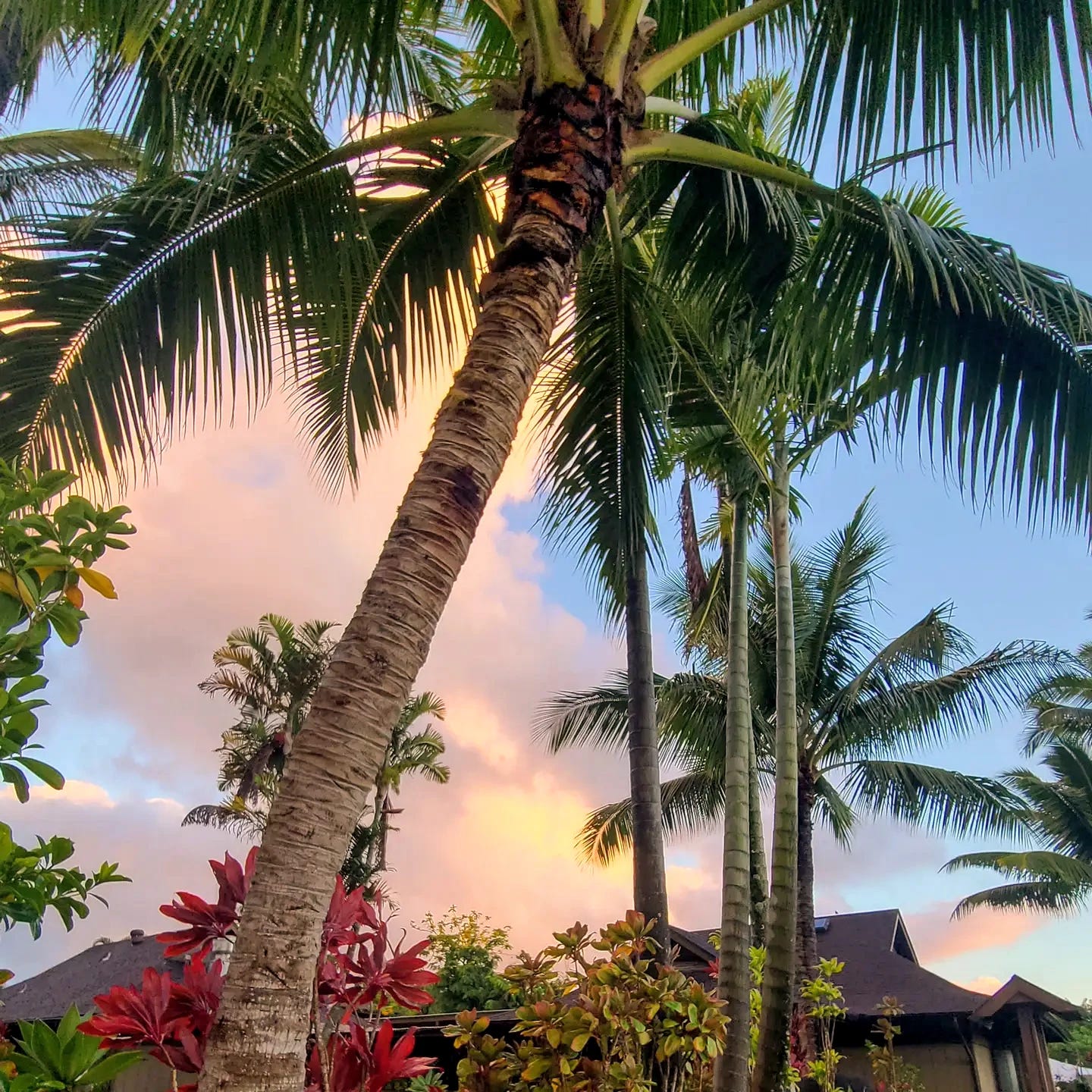
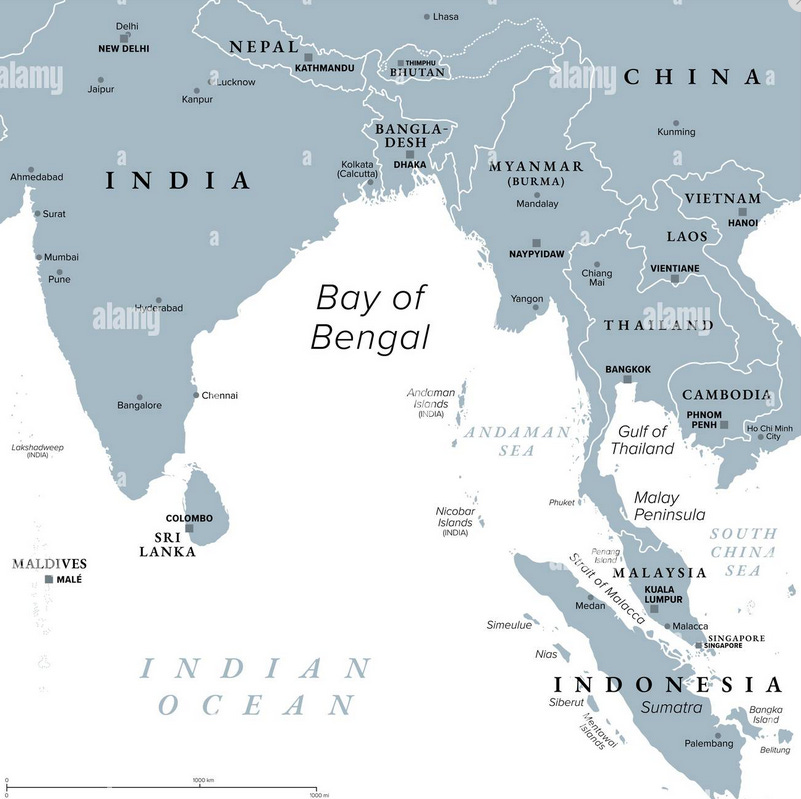
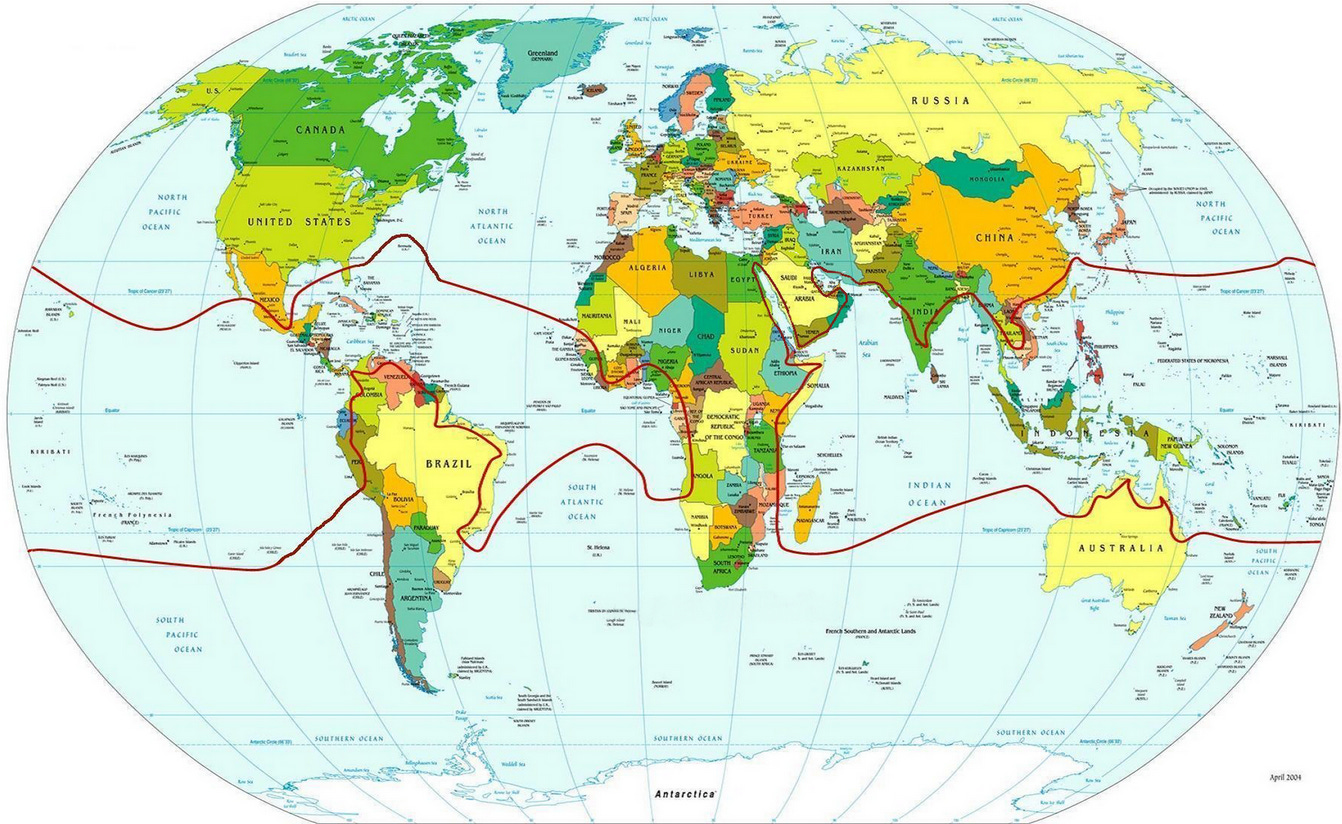
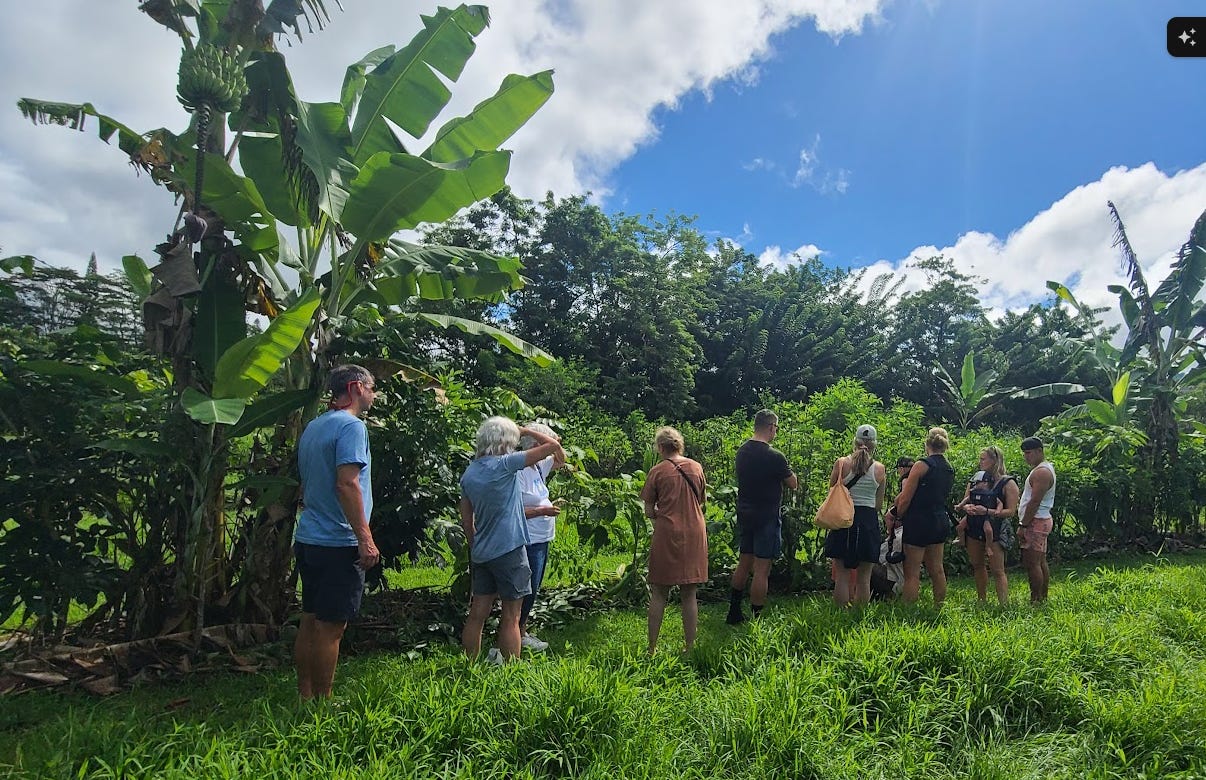
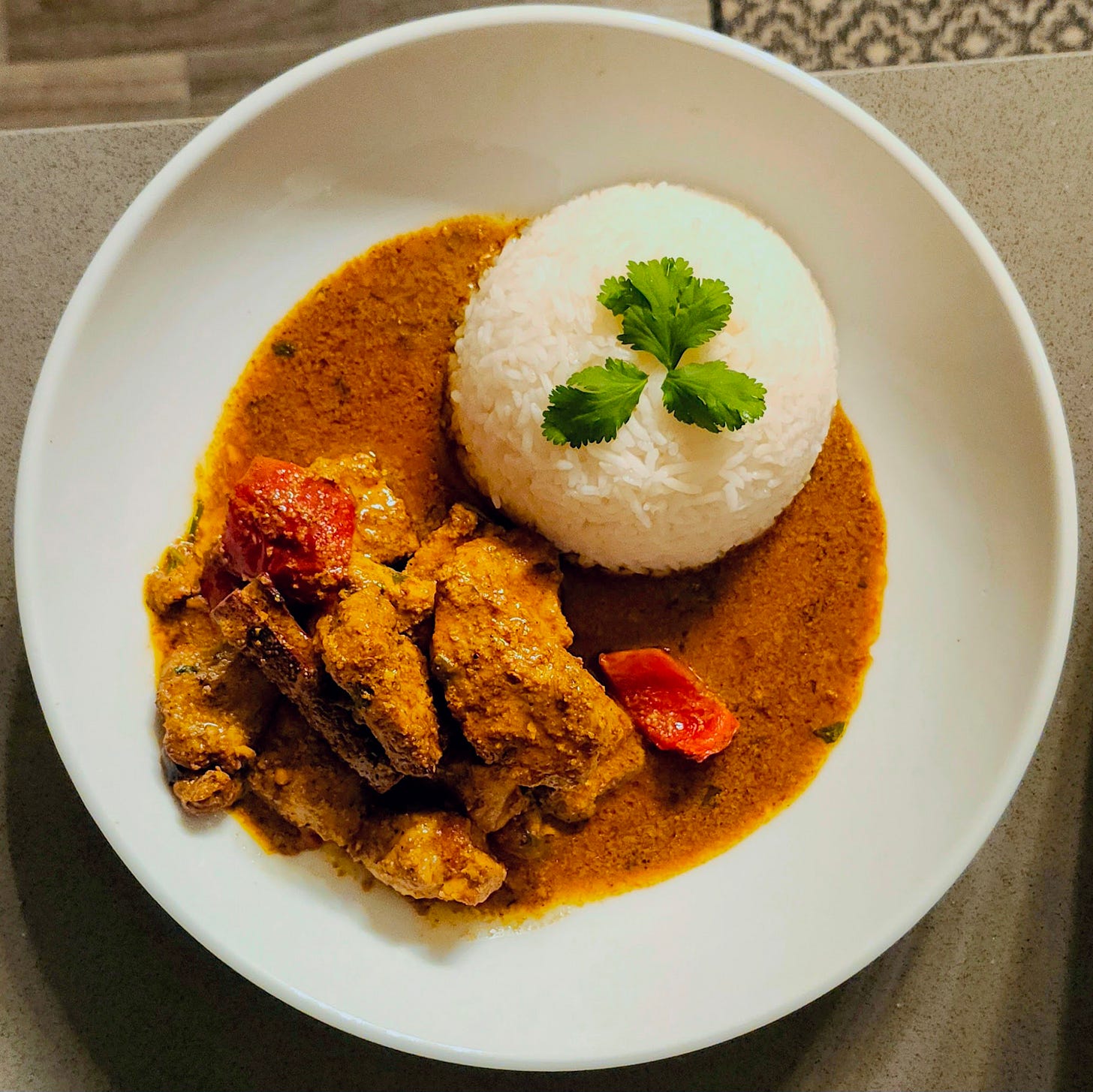
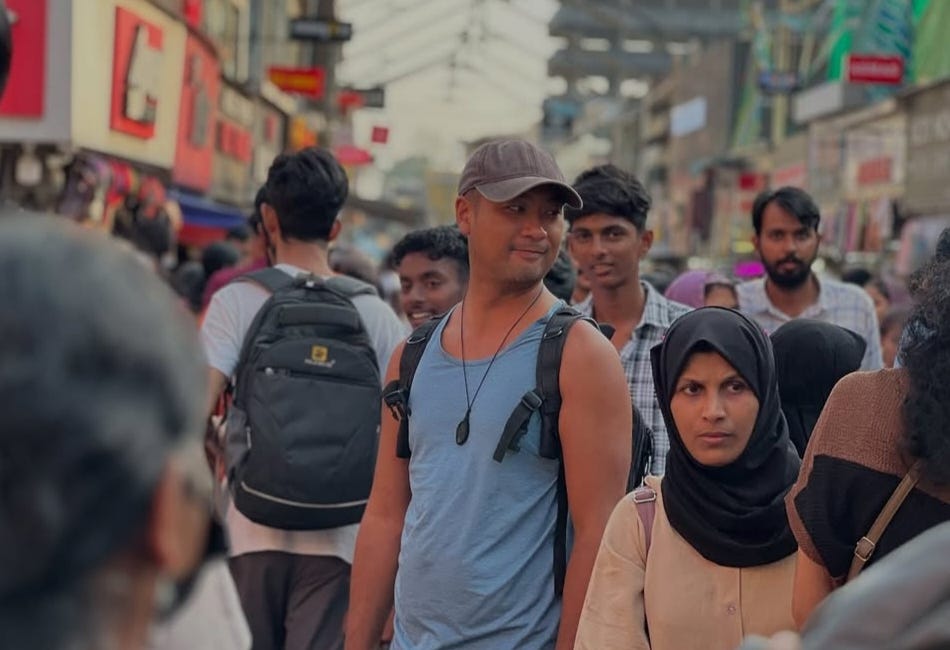
Johnny!!!! This was incredible. When I got to the part first showing the ingredients in Kerala curry being directly tied to the ecosystem supported by coconuts — my mind was blown 🤯
I THOROUGHLY enjoyed learning about this history. And man now I’m craving a rich curry even MORE! Thankfully my sister loves curry so I’ll probably take her out as an excuse for some quality sibling bonding.
Ok… you CANNOT casually say “Breadfruit (Artocarpus altilis) - (which might save the world from hunger one day)” and move on like nothing happened 👀💀
I love this summary so much… I will tell you this.
This bio diversity in agriculture cuisine….
Is thousands of millennia old.
You are correct!
That only history dates back a few millennia.
If we get this pass correct. Then we might help history forward accurately…until the collapse of the solar system in perfect timing.
Thank you for the history lesson, and more for the connection!